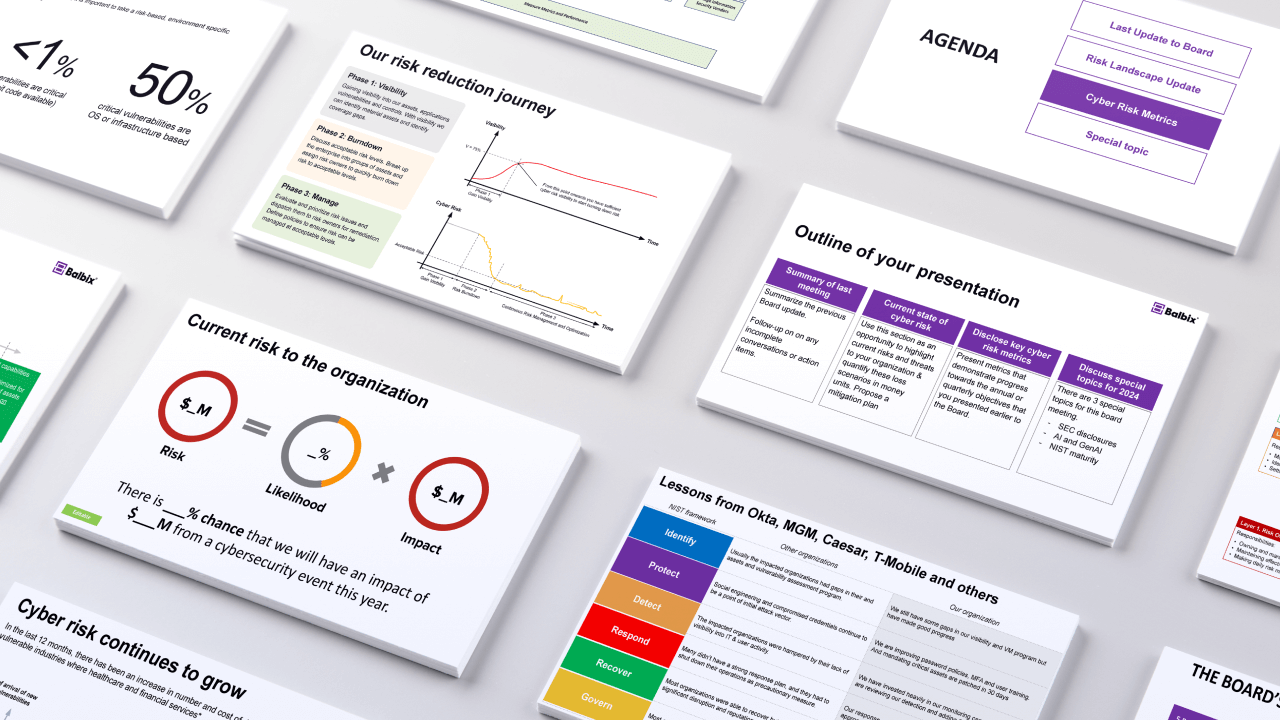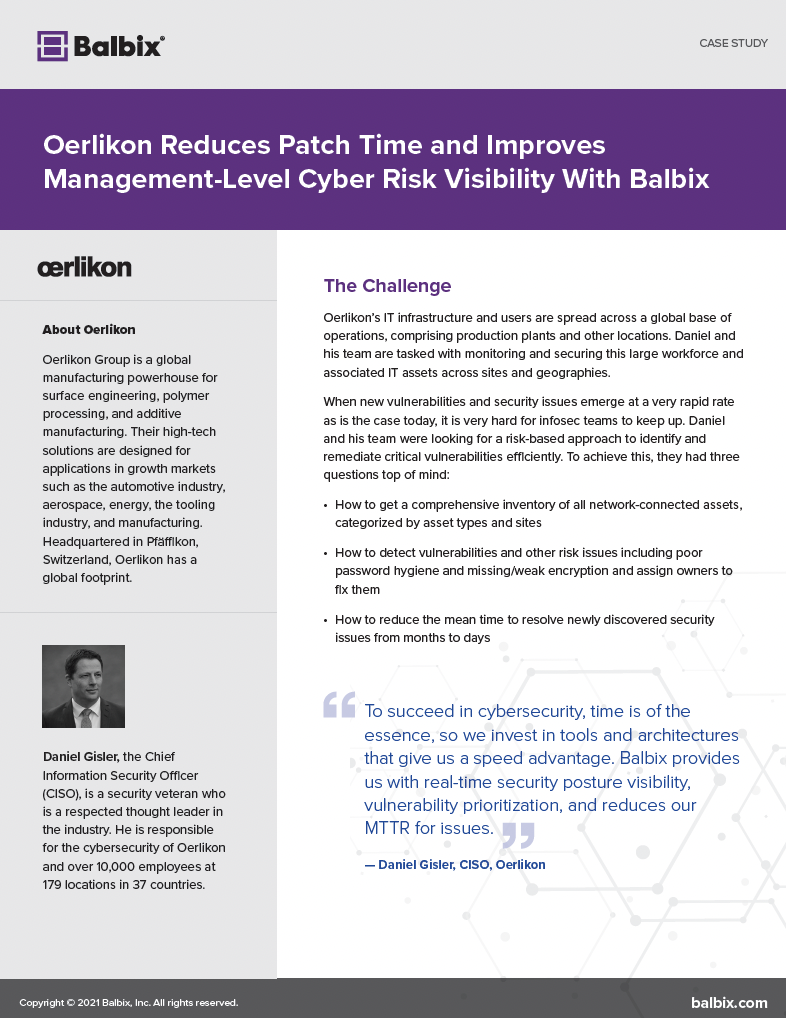Industries worldwide depend heavily on operational technology (OT) and industrial control systems (ICS) to maintain their essential infrastructures. We expect utilities to function seamlessly, water to flow without interruption, communication networks to stay active, and transportation systems to operate smoothly. However, as much as we rely on these systems, they have vulnerabilities that could lead to severe disruptions if exploited.
Understanding Key Terms
- Operational Technology (OT) is a system used to manage industrial operations.
- Industrial Control Systems (ICS) are a significant part of OT, involving the control of industrial processes.
- The Industrial Internet of Things (IIoT) uses smart sensors and actuators to enhance industrial operations by leveraging data for real-time analysis.
- Supervisory Control and Data Acquisition (SCADA) systems enable organizations to monitor and control industrial processes, providing operators with an interface for oversight and adjustments.
Comparing OT, ICS, and SCADA
Let’s dive into the world of industrial systems! It’s key to grasp how Operational Technology (OT), Industrial Control Systems (ICS), and SCADA (Supervisory Control and Data Acquisition) connect and differ.
Operational Technology (OT) is the backbone of industrial settings. It includes the hardware and software that monitor and control physical devices, processes, and events. It’s like the base layer, managing everything from machinery to environmental conditions.
Industrial Control Systems (ICS) fall under OT. These focus on automating and controlling industrial processes. Within ICS, you’ll find systems like Distributed Control Systems (DCS), Programmable Logic Controllers (PLC), and SCADA—all tailored for specific tasks.
SCADA Systems are a type of ICS, but they’re built for big-picture tasks. They handle large-scale processes spread over wide areas. Think of utilities and energy sectors, where SCADA helps with remote monitoring and real-time data collection.
In short, OT is the big umbrella, covering both ICS and SCADA. ICS dives into process-level control, while SCADA offers centralized monitoring and control. Knowing these differences is crucial for setting up secure and efficient operations in industrial spaces.
Current Security Trends in OT and ICS
While OT systems often have more specific functionalities and fewer attack surfaces than traditional IT systems, they present unique security challenges. Many have proprietary interfaces, making it hard to detect vulnerabilities or misconfigurations. Even when patches are available, applying them can be difficult due to the need for continuous operation.
A survey by Kaspersky Labs revealed some concerning statistics:
- Over 40% of ICS computers experienced attacks in the first half of 2018.
- Of the 61 vulnerabilities identified, only 29 were fixed.
- 20% of vulnerable devices had critical flaws.
- Close to 40,000 malware pieces were detected.
These statistics highlight a pressing need for enhanced security measures.
OT Security in Industry 4.0
Integrating IoT and IIoT within OT networks offers significant benefits, such as reduced costs and improved efficiency. These technologies enable real-time analytics and connectivity across sites. However, concerns about security and system failures have slowed adoption.
By default, ICS devices are designed to be rugged, always operational, and network-capable. These characteristics make them attractive targets for attackers seeking access to industrial corporate networks. These devices present a significant risk without proper security measures and continuous monitoring.
Best Practices for Securing OT
Here are several recommended critical steps for securing OT assets:
- Continuous Asset Discovery: Identify all wired and wireless assets in real-time, whether on or off the corporate network.
- Risk Assessment: Evaluate risks associated with each asset across the enterprise.
- Behavior Monitoring: Understand device behavior, including its actions and connections.
- Vulnerability Management: Identify and prioritize vulnerabilities across various attack vectors.
- Access Control: Only allow well-behaved devices to access your networks.
- Attack Surface Reduction: Reduce the number of potential entry points for attackers.
- Continuous Monitoring: Monitor your ICS network to detect and respond to attacks early.
- Automated Threat Modeling: Prioritize vulnerabilities based on their potential business impact.
- Preemptive Mitigation: Address vulnerabilities proactively with targeted solutions to minimize the attack surface.
OT-Specific Security Technologies
Investing in security solutions specifically designed for Operational Technology (OT) is critical, even when traditional IT security measures are in place. While some IT security tools may have overlapping detection capabilities, they often cannot fully monitor OT’s unique communication protocols and processes. This limitation can leave security blind spots, creating a false sense of protection.
Most security teams bring strong expertise in IT security, which is helpful when analyzing incidents involving OT systems. However, this knowledge alone often falls short when dealing with advanced, OT-targeted attack vectors. By adopting OT-specific security technologies, organizations can achieve greater visibility into system behaviors, identify anomalies more effectively, and empower security teams to make well-informed decisions about mitigation strategies.
Key Takeaways
ICS systems control essential operations, and failures can lead to substantial financial losses, environmental damage, and even threats to human life. Protecting connected devices requires a comprehensive approach, covering all assets with robust vulnerability management and layered security. Every new ICS deployment should include cybersecurity components or control layers to detect and fend off attacks early in the process.
Organizations must prioritize business criticality when developing ICS security strategies. By implementing these measures, organizations can better protect their critical infrastructure and minimize the risks posed by cyber threats.
Frequently Asked Questions
- What are the main differences between OT and IT security?
-
OT security focuses on protecting physical systems and continuous operations, prioritizing uptime and safety. IT security, on the other hand, protects data and networks from breaches. Unlike IT, OT systems often operate with proprietary interfaces and face challenges like limited patching capabilities and real-time system requirements.
- How does Industry 4.0 impact OT security?
-
Industry 4.0 introduces technologies like IoT and IIoT, enhancing OT with real-time analytics and connectivity. However, these advancements increase exposure to cyber risks, making OT systems more vulnerable to attacks. To address this, robust security measures must accompany new technologies to protect critical infrastructure.
- Why is continuous monitoring crucial for ICS security?
-
Continuous monitoring helps organizations detect and respond to threats in ICS environments. It helps identify unusual activities, assess vulnerabilities in real-time, and ensure that potential attacks are addressed quickly, minimizing disruption to critical operations and preventing major security breaches.


